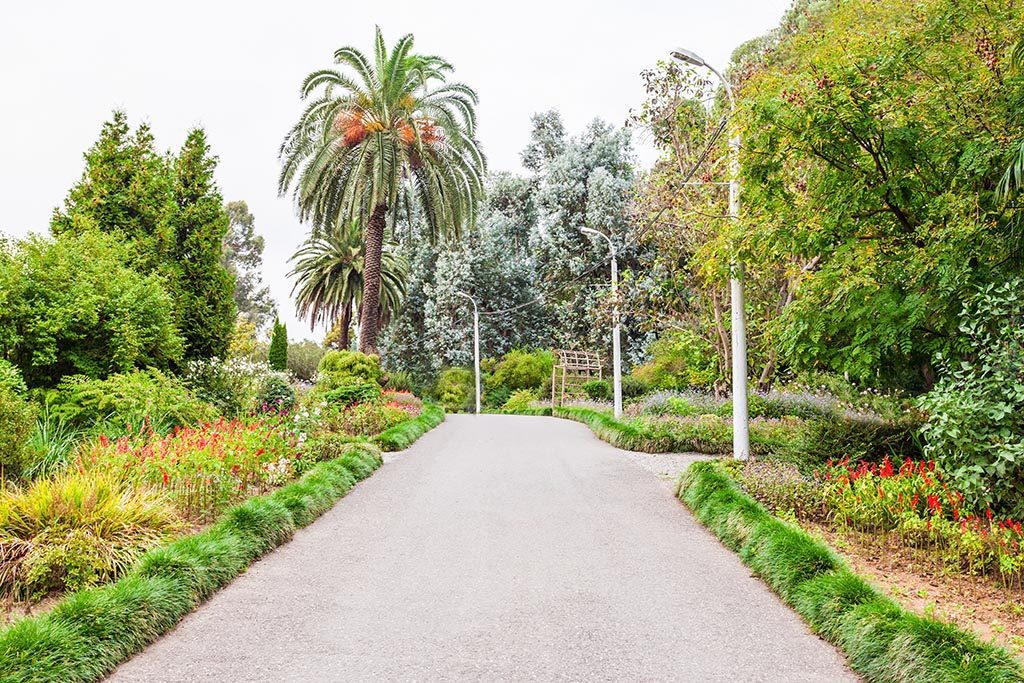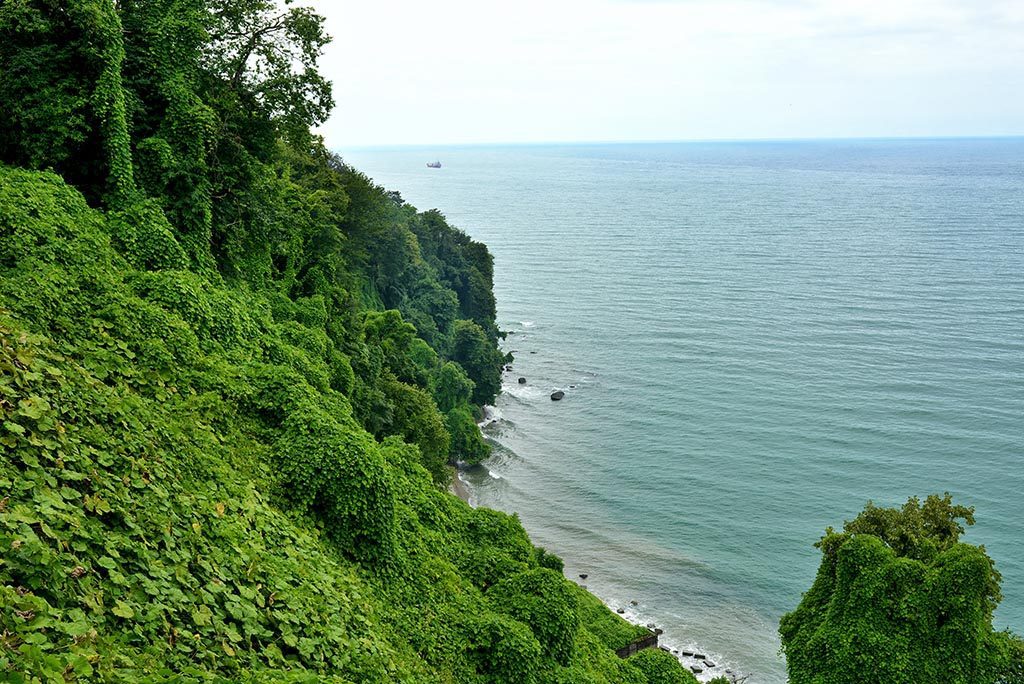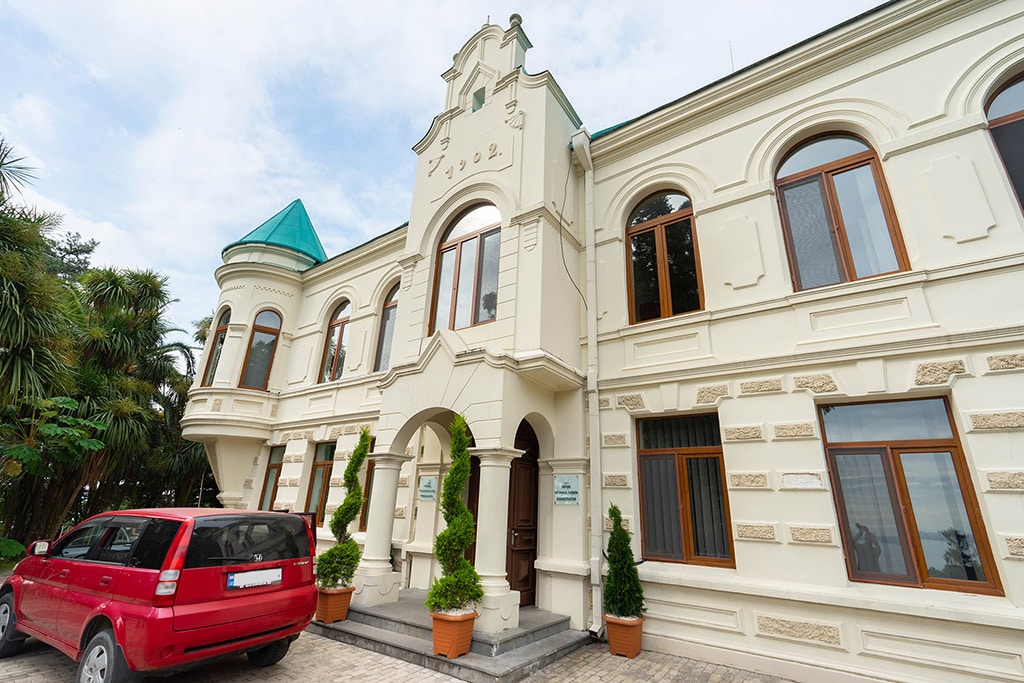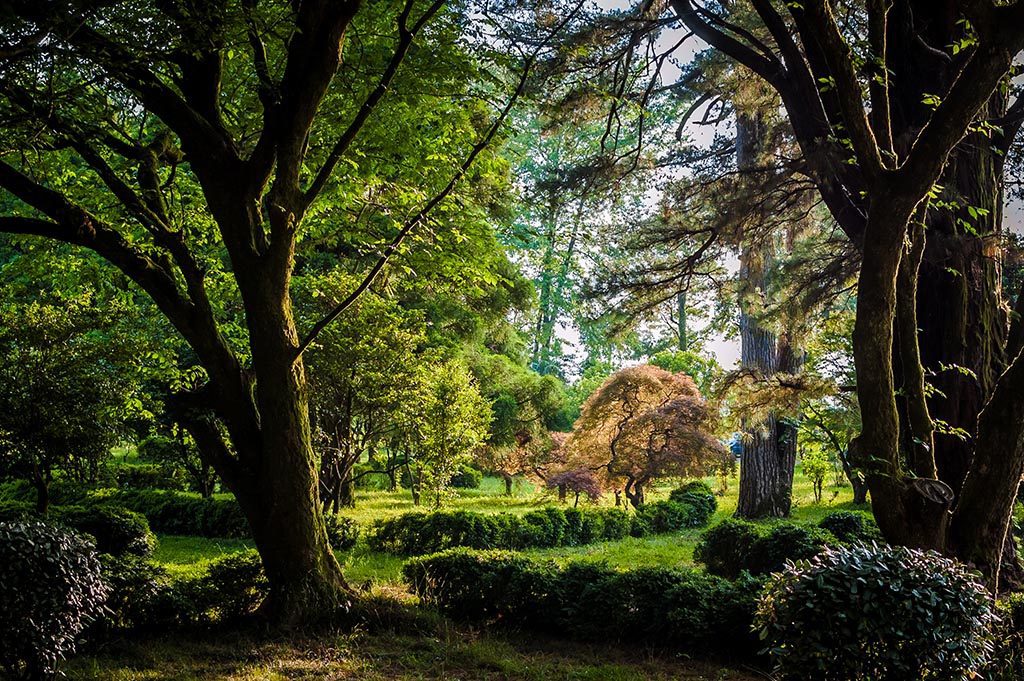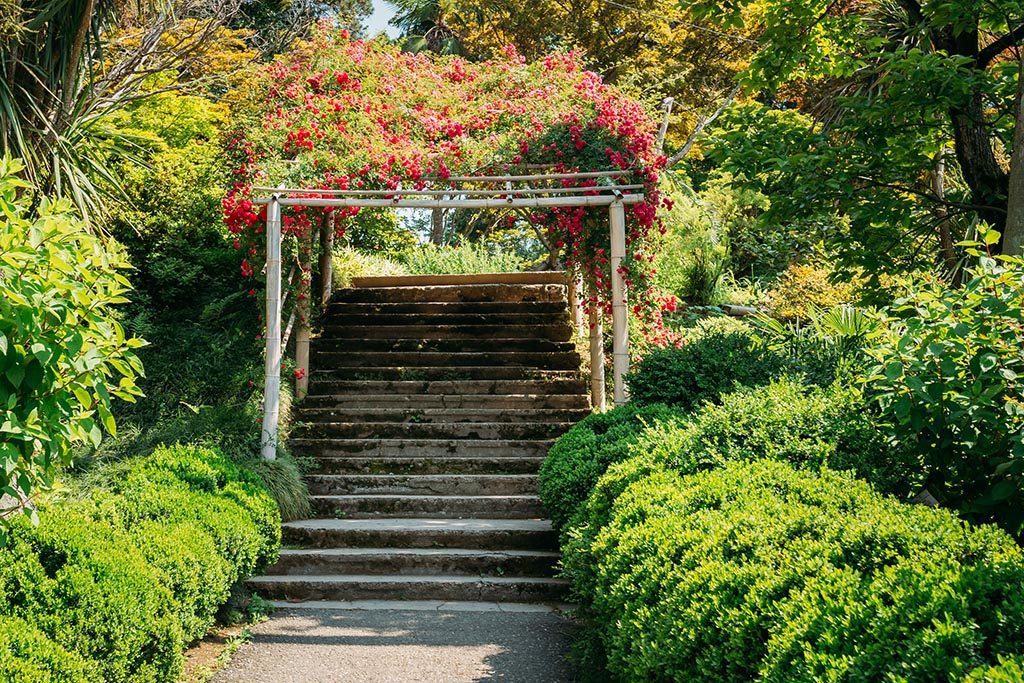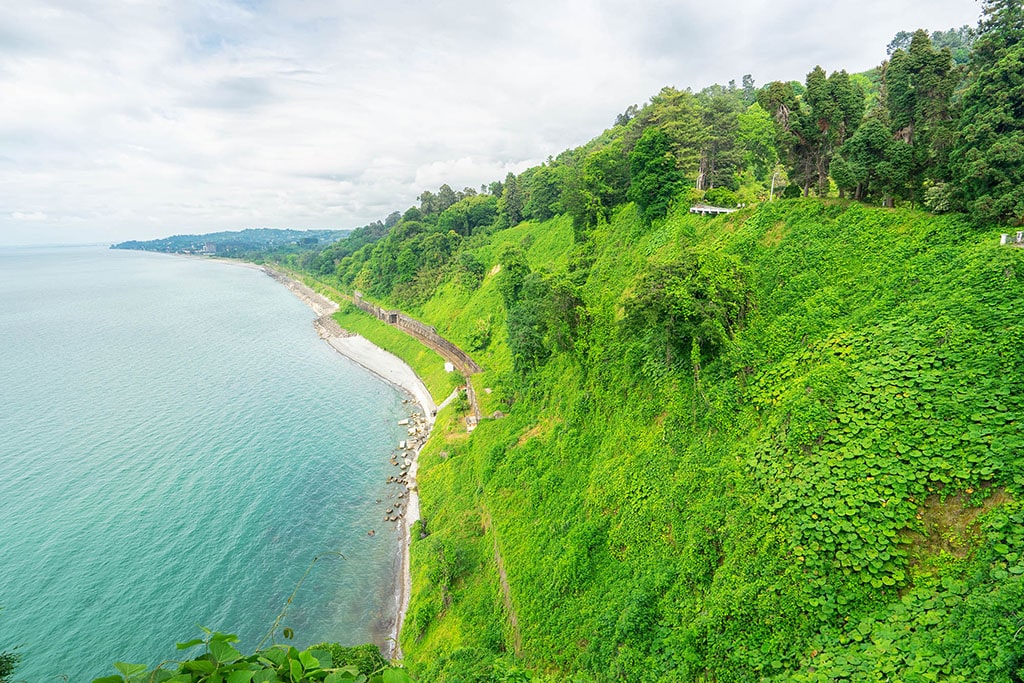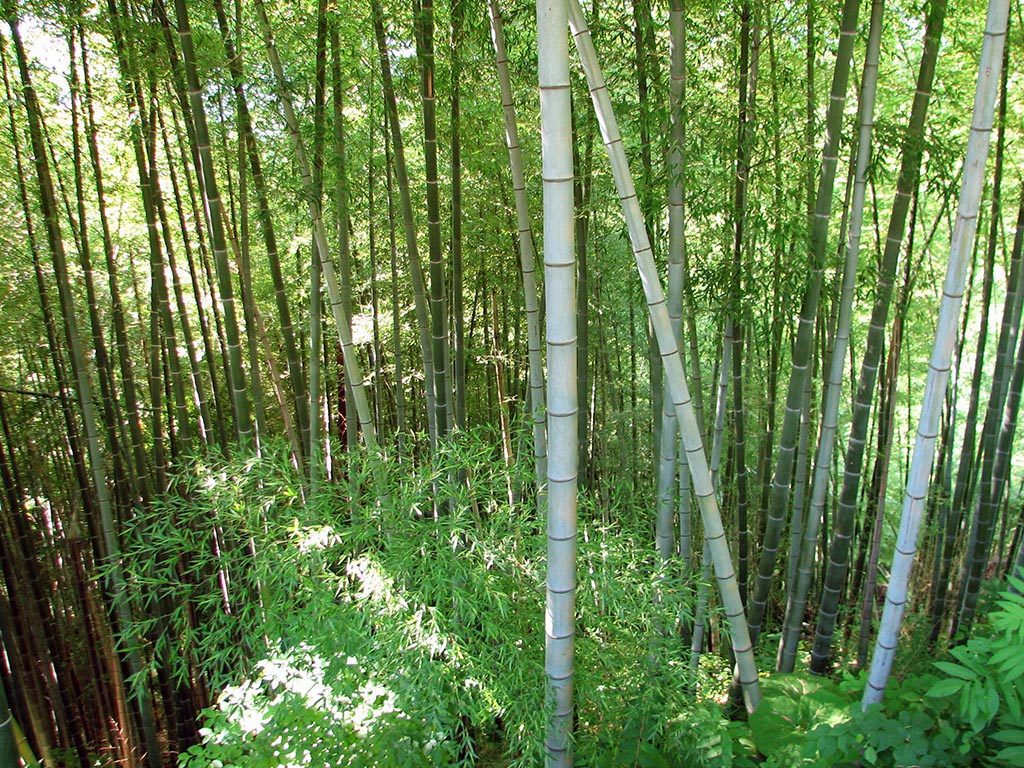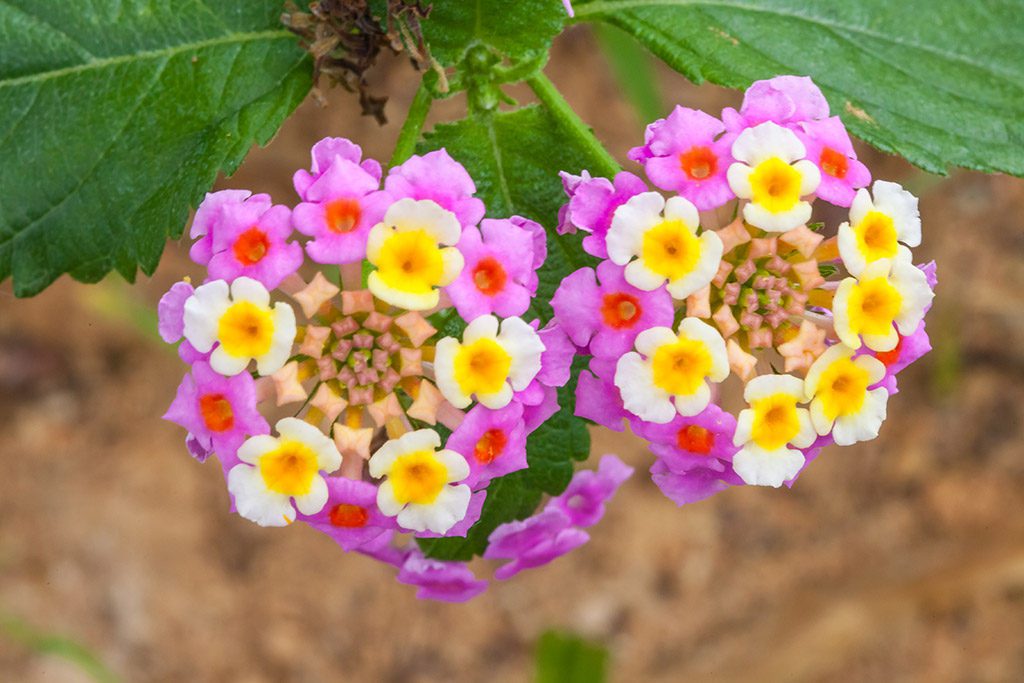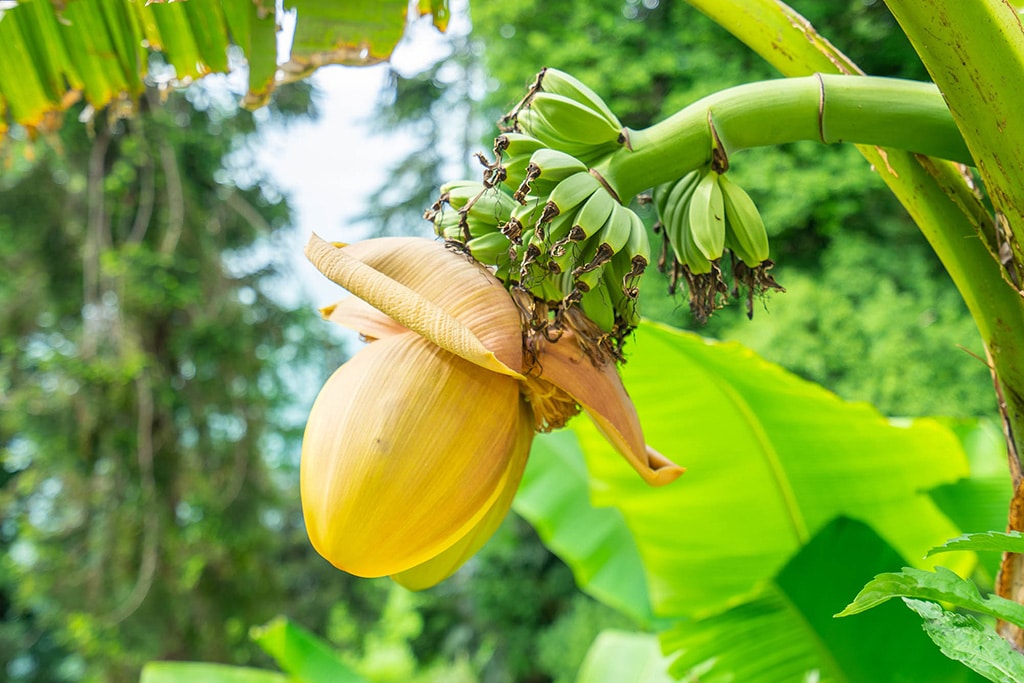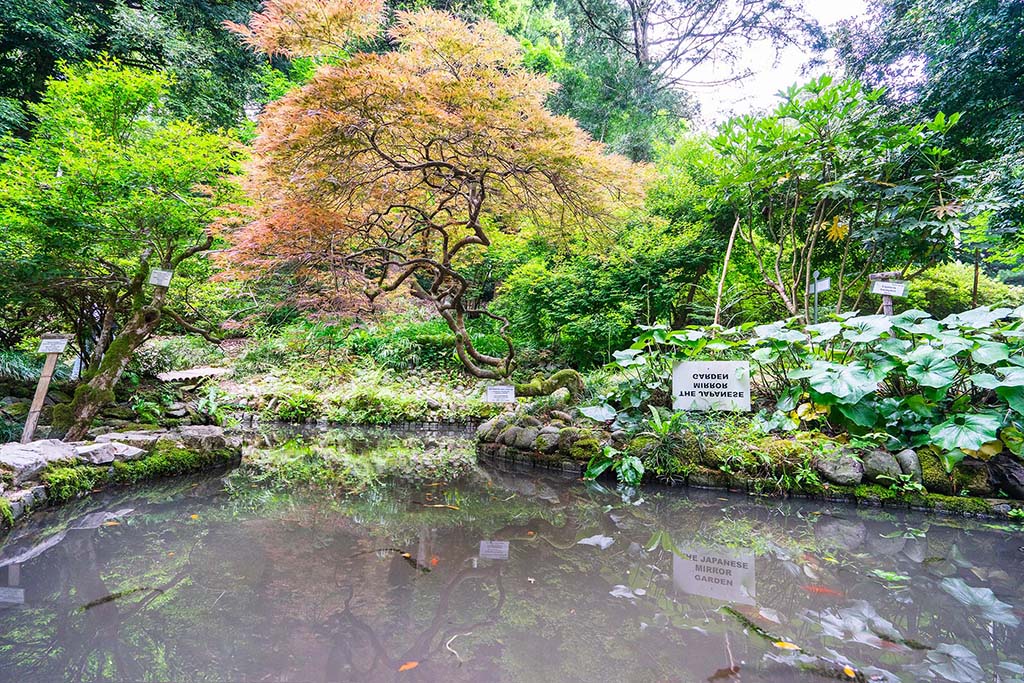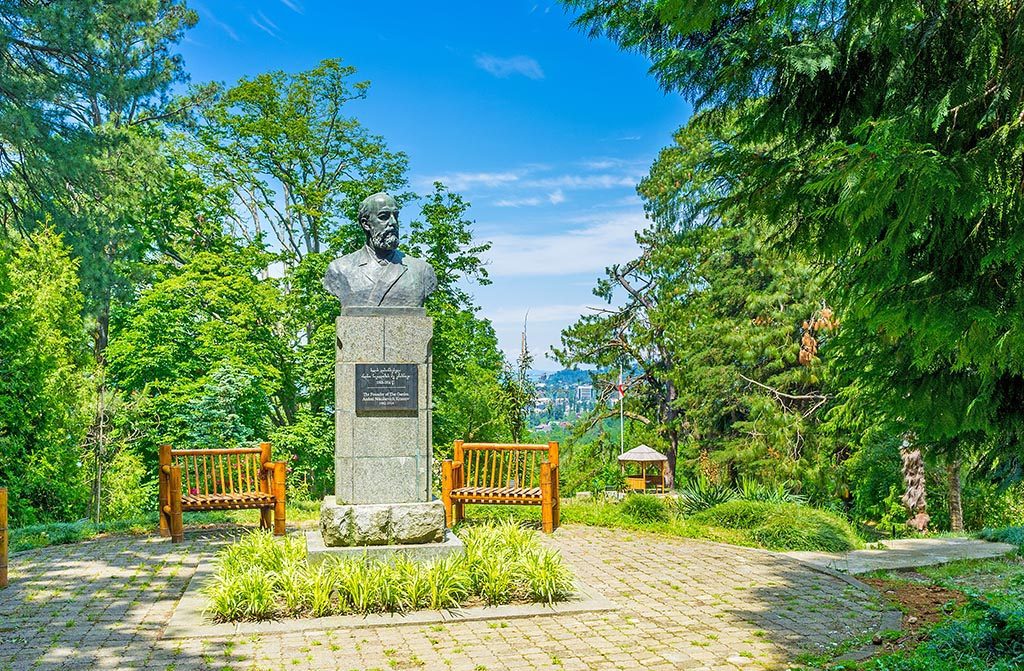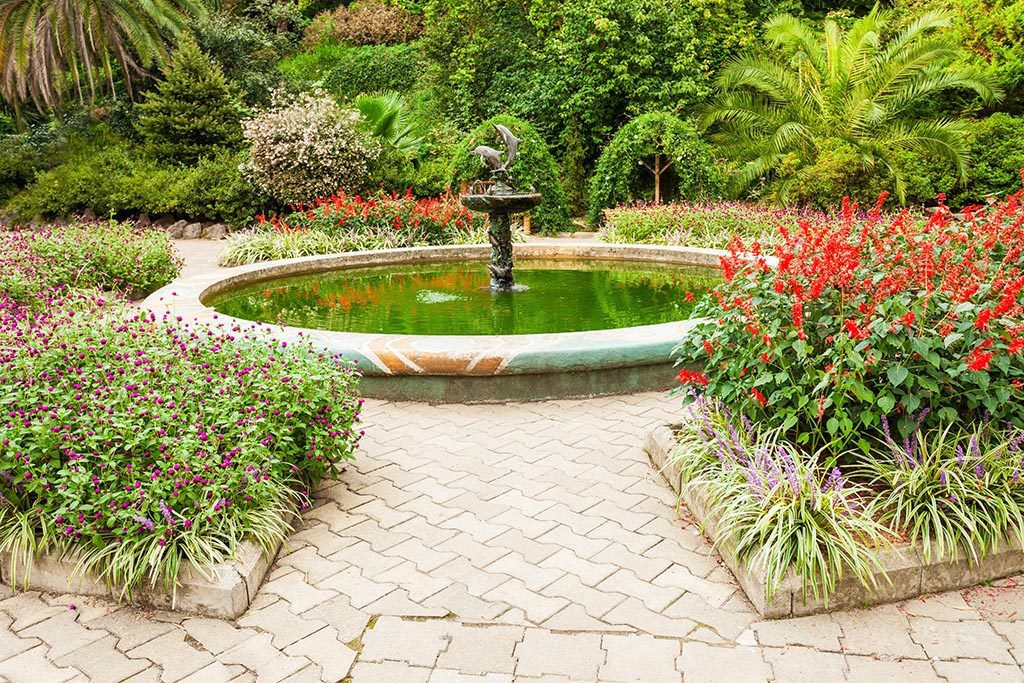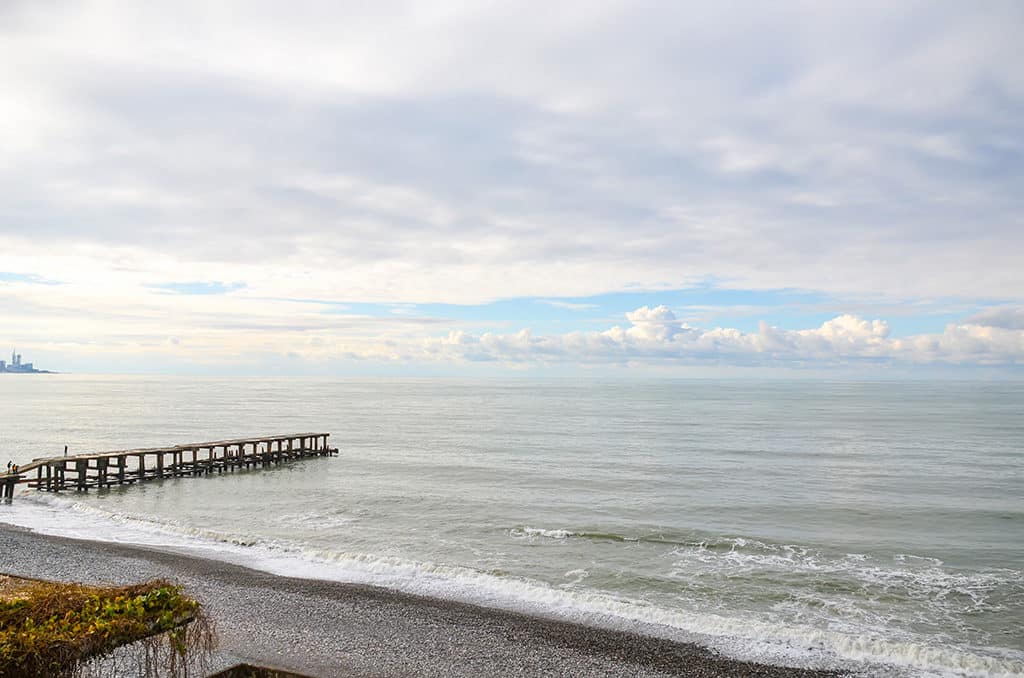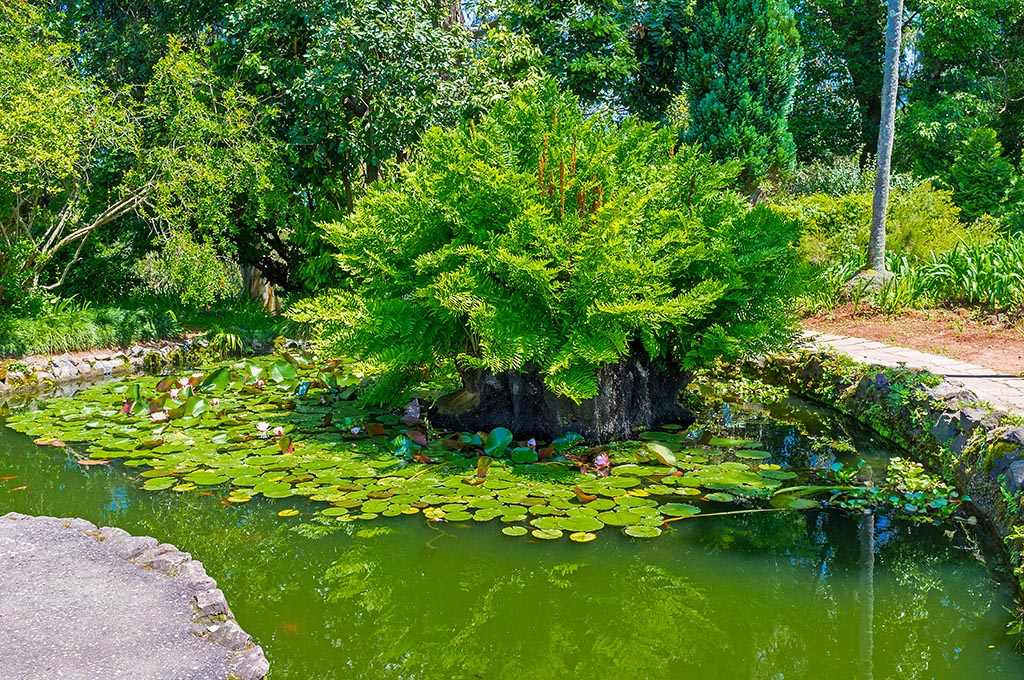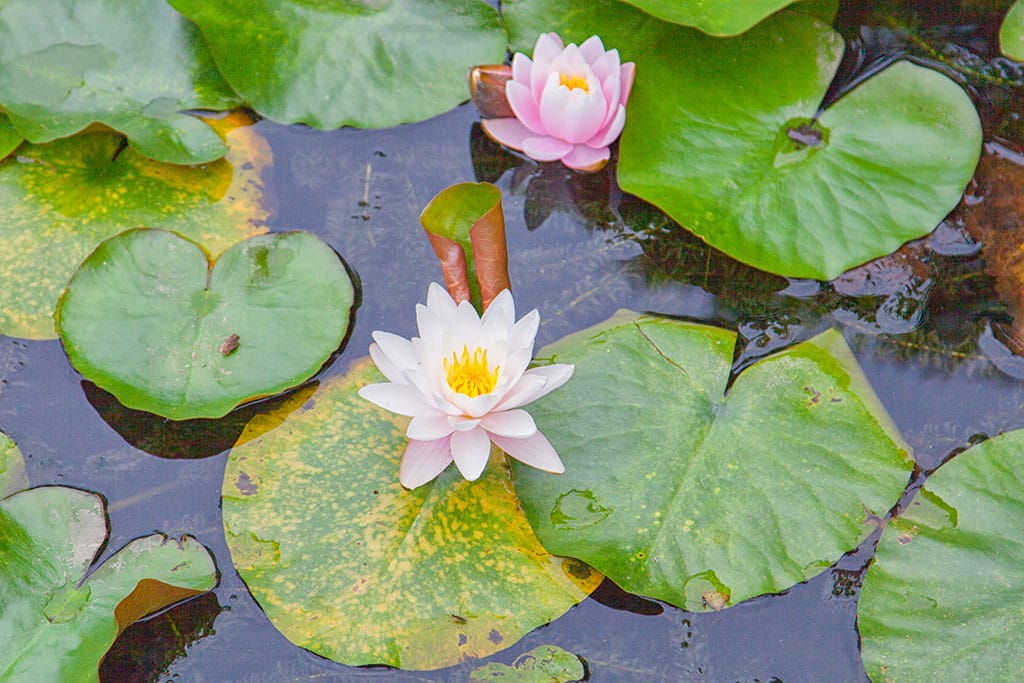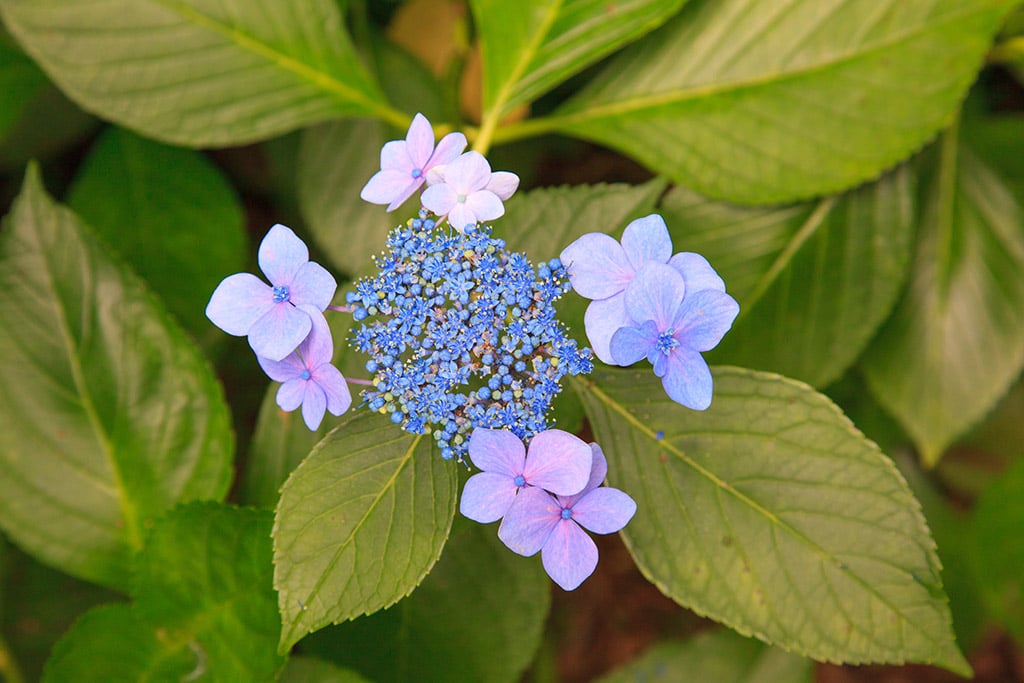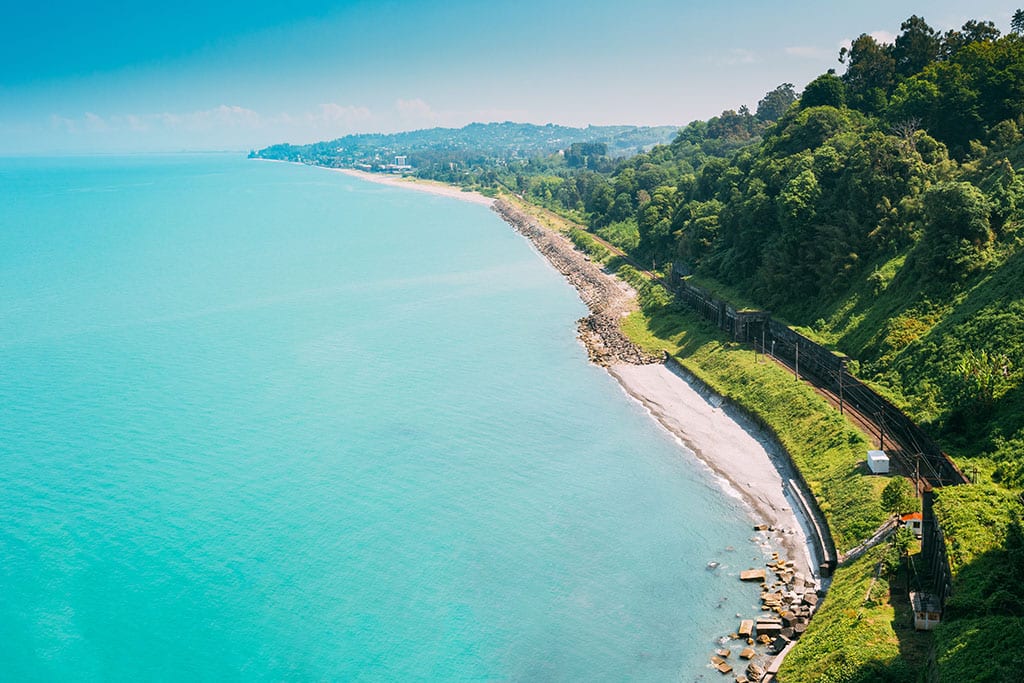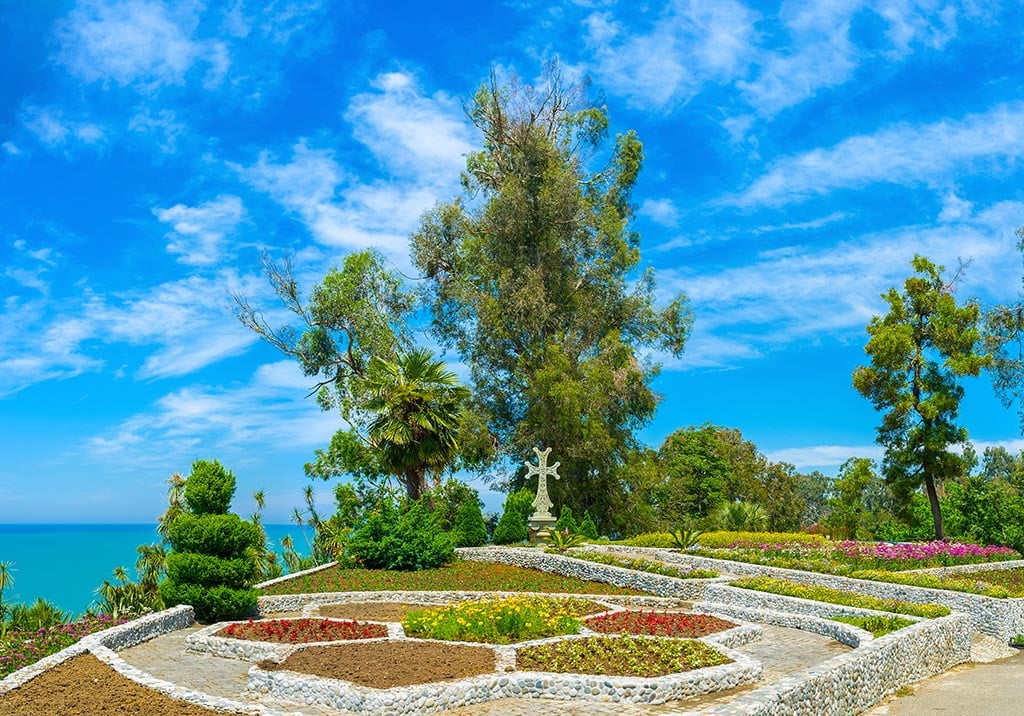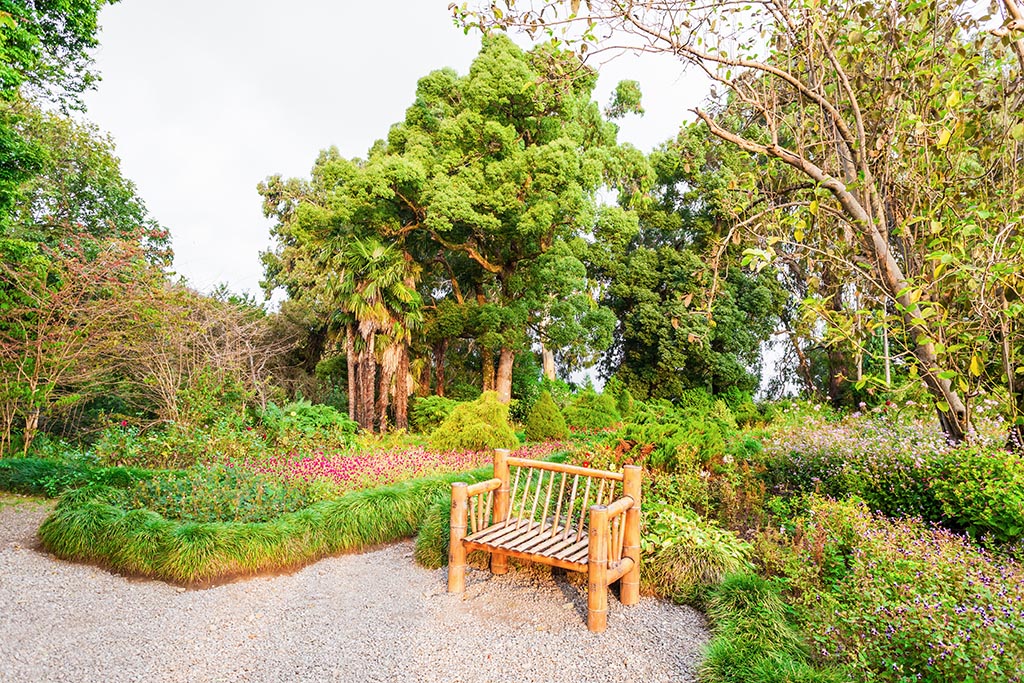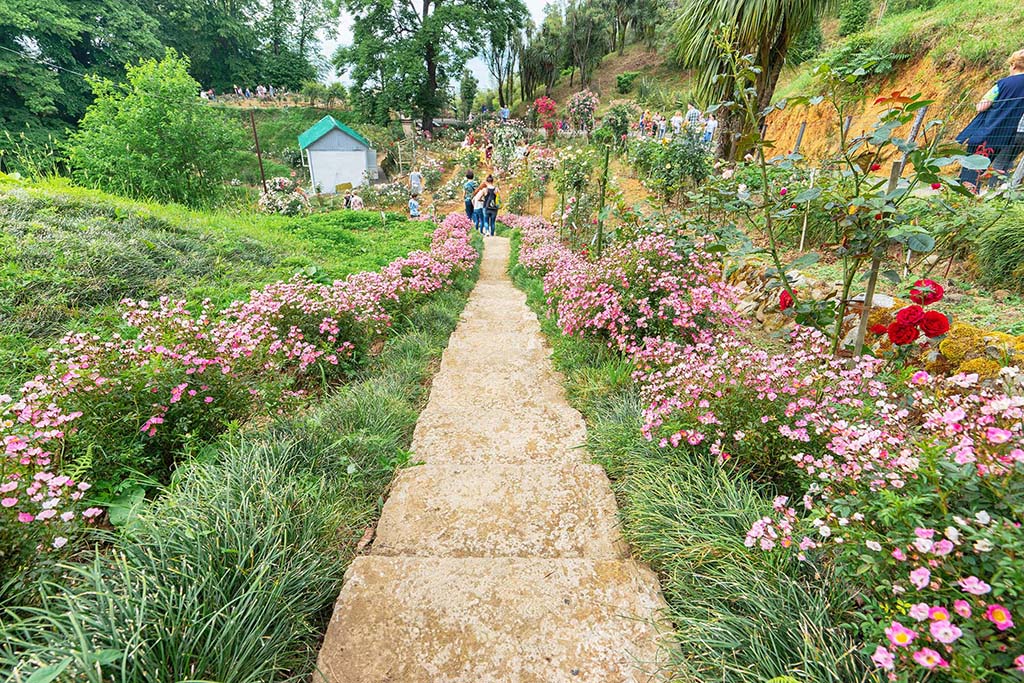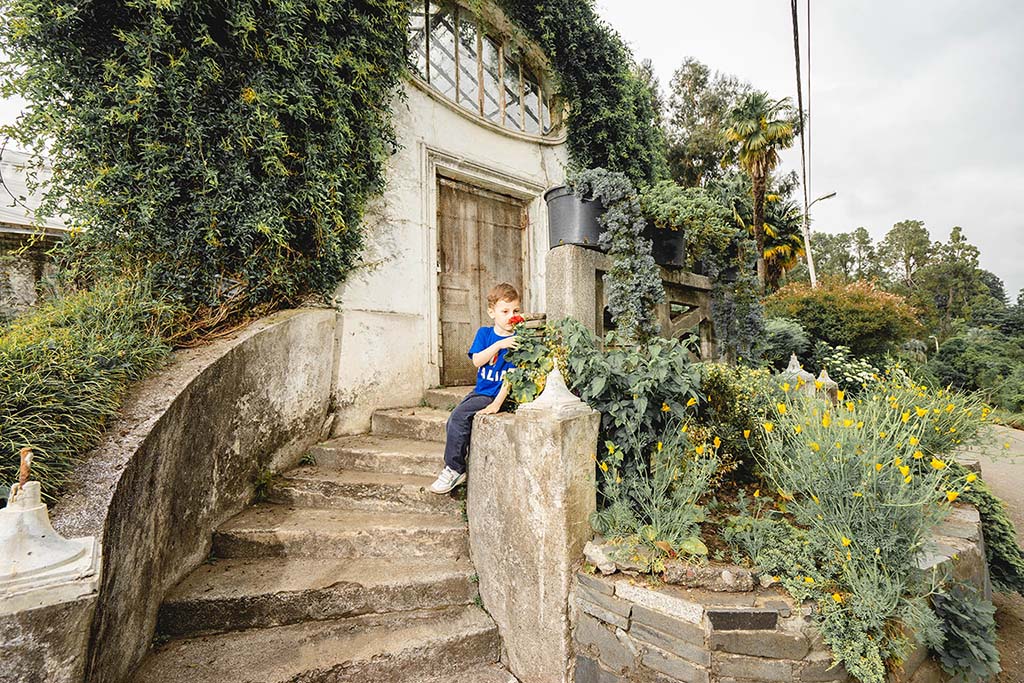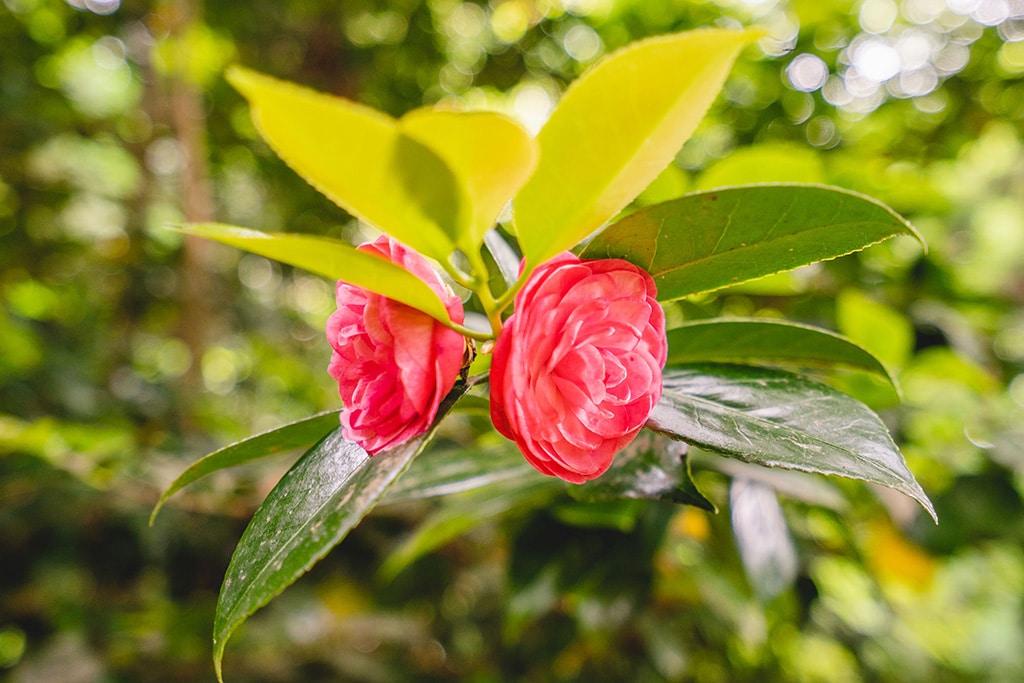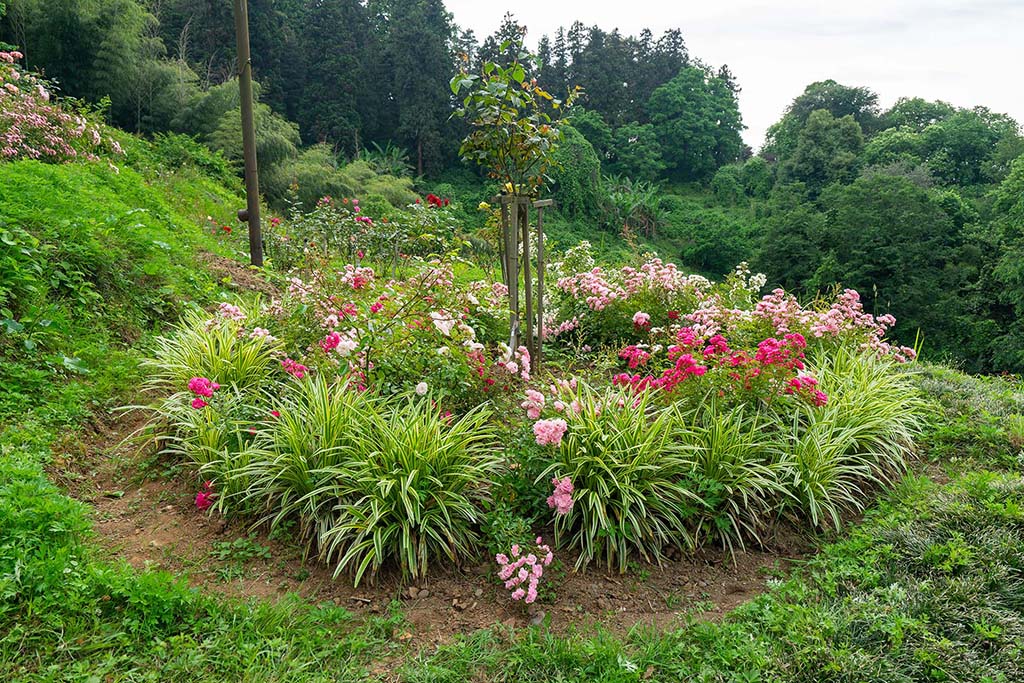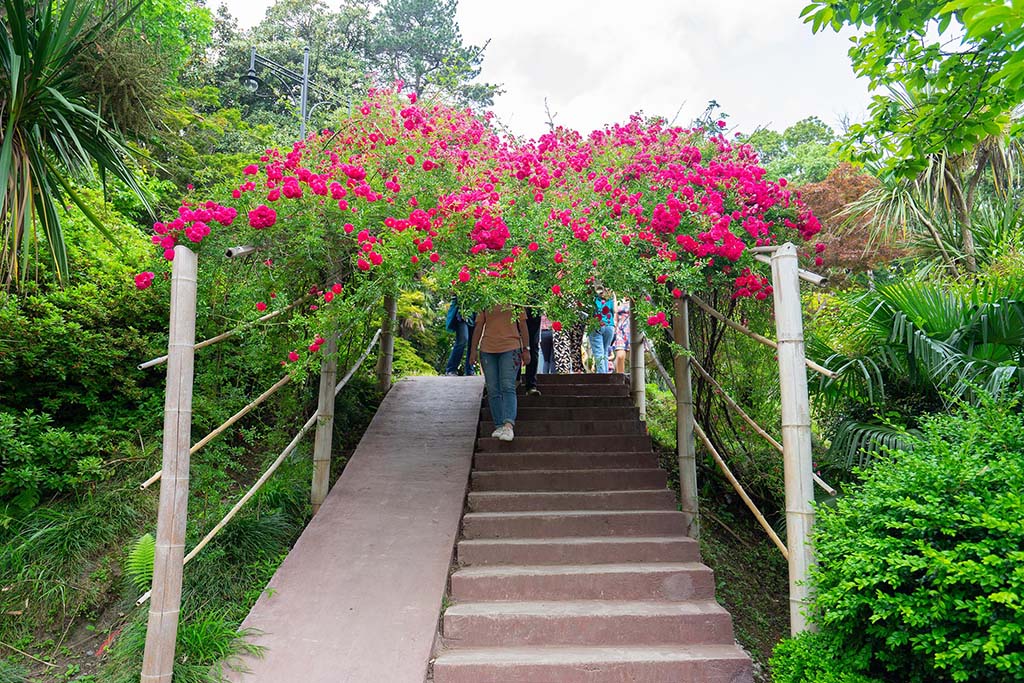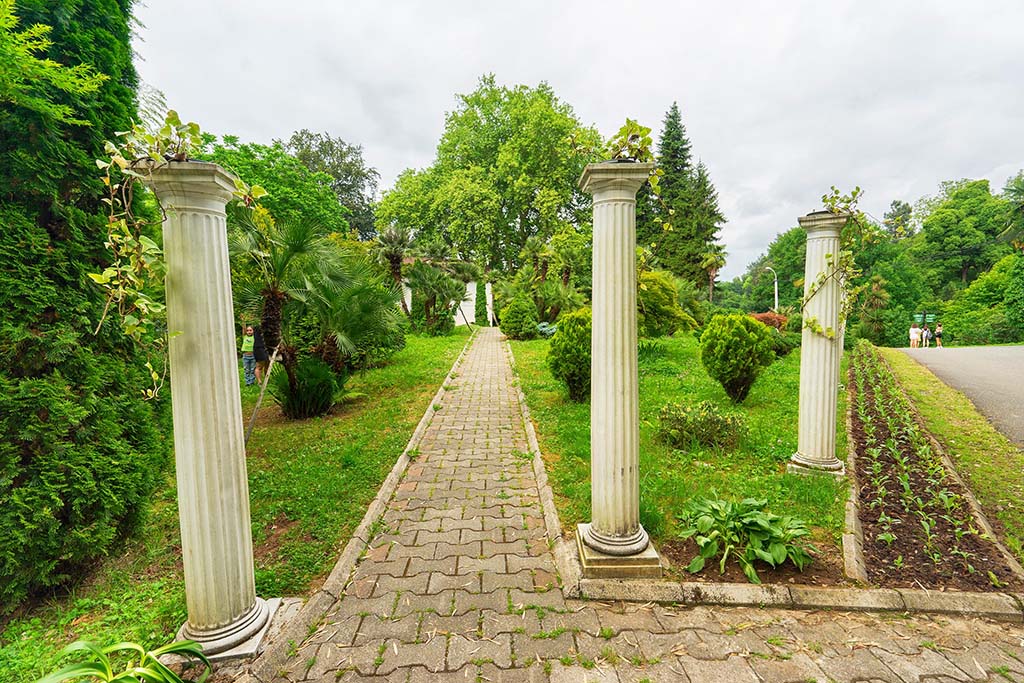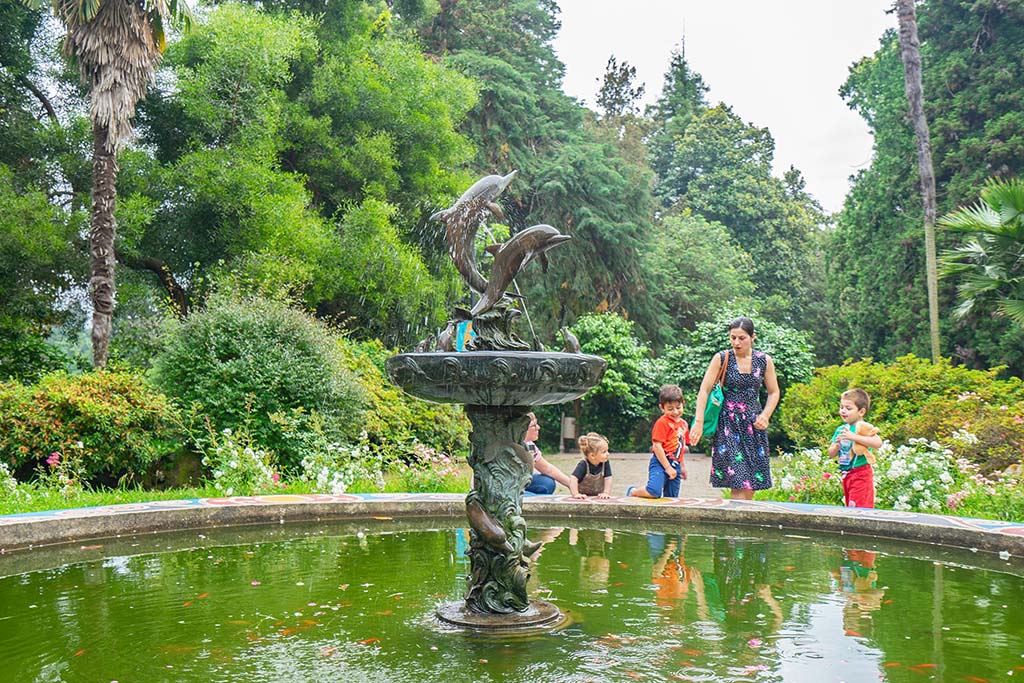There are many botanical gardens out there—some are just regular plant collections that can be a bit dull, and others are truly unique. The Batumi Botanical Garden falls into the latter category. It’s no coincidence that it’s one of the most visited tourist spots in Adjara. It’s not only about its unique and extensive plant collection.
History of the Creation of the Batumi Botanical Garden
The story of the garden’s creation is closely tied to the Russian scientist Andrei Nikolaevich Krasnov. He was the one who developed the plan for the garden’s development and secured government support for the project. Krasnov had long dreamed of opening a botanical garden. His first attempt took place in Sochi, where he bought a house and began working on his passion. Unfortunately, many of the plants didn’t adapt to Sochi despite his best efforts.
Many years later, he came to Mtsvane Kontskhi (Green Cape), where he had planted around 100 species of Asian plants ten years prior. To his surprise, he discovered that this small garden, left to fend for itself, had not only survived but that all the plants had taken root and were thriving.
He realized he had chosen the wrong location and that the garden should have been established near Batumi, not Sochi. With this idea in mind, Krasnov approached Batumi’s city council, where he gained approval. He then traveled to St. Petersburg to present his plan to the government. There, too, he found support. Land and funding were allocated for the garden. Unfortunately, by that time, Krasnov was terminally ill. In 1912, he officially opened the garden. Only two years later, he passed away. Andrei Nikolaevich’s grave lies in his greatest life’s work—the Batumi Botanical Garden.
Saying that the garden’s creation was solely the work of Andrei Krasnov would mean forgetting the names of those whose efforts laid the foundation for the natural masterpiece that now amazes tourists from around the world. After all, Krasnov wasn’t the first person to appreciate the wonderful climate of Adjara.
In 1881, Mikhail D’Alfons — an aristocrat of the time who would now be called a landscape designer (back then, this occupation was more simply referred to as “decorative gardening”) — planted a small garden with exotic plants outside Batumi. A bit earlier, in 1878, he had purchased land and built a house on what is now the garden’s territory. Incidentally, it’s believed that the name “Green Cape” took root among the locals precisely because of D’Alfons. He was the first to plant evergreen Mediterranean species on the cape, which led to its green moniker.
Today, this little garden, along with his house, is part of the botanical garden—its Lower Park. A bit later, from 1884 to 1889, Mikhail D’Alfons served as the city’s head landscape designer and laid the foundation of Batumi Boulevard, where tourists now love to take leisurely strolls. Grateful descendants erected a monument to Mikhail D’Alfons on the boulevard, not far from the old town. Known to his contemporaries as the “benevolent genius of the Batumi Boulevard,” he undoubtedly made an invaluable contribution to the greenery of Batumi and its surroundings that we still enjoy today.
One could also call Pavel Tatarinov, a well-known geographer and botanist of that era, a “founding father” of the botanical garden. In 1892, he created a small “Botanical Garden.” Tatarinov’s Park is now the Upper Park—one of the components of the modern Botanical Garden. Today, Tatarinov’s dacha is a research center and the main administrative office of the garden.
Walk the charming streets of the Old Town with our immersive English-language audio guide.
Start your tourThe story of Tatarinov is no less intriguing than that of D’Alfons. Doctors had recommended that the tireless Tatarinov, who lived in Russia’s northern capital, move to the Caucasus for health reasons. After relocating, he worked to restore the Sukhumi Botanical Garden, which had been almost completely destroyed by the Turks in the recent war. Like Krasnov, Tatarinov realized that Batumi’s subtropical climate was far better suited to his research than Sukhumi’s. In the end, he left his project in Abkhazia and moved to Green Cape.
Another person who must be mentioned in the history of the Botanical Garden is Jason Gordeziani. A modest hero, he played a vital role in shaping the garden, the boulevard, May 6 Park, and the greenery of Batumi as we know them. A native Georgian, he was educated at some of Europe’s best schools. He worked in the Versailles Gardens, as well as in Sweden and the Netherlands. Before leaving Georgia, he managed to cultivate one type of lemon in Adjara.
In Europe, he was well known as an excellent specialist and was invited to work at the Royal Botanic Gardens in London, then considered the best botanical garden in the world. However, when Krasnov invited him to work back home, Gordeziani left foggy Albion without hesitation and came to Batumi. Under his direct supervision, many of the garden’s exotic corners were established. Starting in 1934, he served as Batumi’s chief landscape planner.
The history of the park and the people involved in its creation is a long story. Many well-known Soviet films were shot here. The Soviet writer Bulgakov stayed here multiple times. Other Soviet writers, Ilf and Petrov, wrote their novel “The Twelve Chairs” here. There’s even a chapter called “Green Cape.” Filming for the 1971 movie of the same name also took place in the garden, as well as in Batumi.
Chekhov wrote about this place in one of his early short stories. You can’t cover everything in a single article. The garden’s history is filled with events and famous figures.
Map, prices, and description
The garden is open from 9:00 to 22:00.
For more information, call +995 422 27 00 33.
Ticket prices for 2025 are 20 GEL. For children aged 10 to 16 years, it’s 2 GEL. Children under 10 enter free of charge.
However, on certain national holidays, Georgian citizens get free admission: January 1–2, May 26, and June 1. There are also floating exhibition dates. On those days, admission is free for everyone. One day each in May, April, March, November, and December.
In the garden, you can hire a local guide. Their services cost 50 GEL for a 40-minute electric car tour and 80 GEL for a 1.5-hour walking tour.
If you’d like to ride the electric car on your own—which regularly runs through the garden—it will cost you 10 GEL. An individual transfer costs 100 GEL.
There are designated spots for camping and picnics.
Adviсe:
- The garden covers an enormous territory. It’s the second-largest garden in the world by area. You can’t see it all in a single day. Hundreds of paths branch off the main route along the mountain slopes. To see as much as possible, plan to spend the entire day here.
- Be sure to bring water and snacks. Don’t throw away empty water bottles; there are many springs in the park with tasty, cool water. Food is a bit of an issue: there’s only one café, and it’s expensive and not very good.
- Don’t forget a hat or other head covering in the summer. Although there are many shaded areas, you’ll most often be walking under the scorching sun.
- Pack a swimsuit. Taking a dip in the sea in the evening, after strolling around the mountainous terrain, will be a real treat.
- Wear comfortable, preferably athletic, shoes and clothing. The garden is located on hilly terrain, so you’ll be going up and down a lot. Paved roads and stairs are only found on the main paths. The park has countless mountain trails that are definitely worth exploring.
While creating the botanical garden’s collection, Krasnov, Gordeziani, and others succeeded in acclimatizing plants from all over the world in Batumi, aided significantly by the site’s vertical layout.
The garden’s collection contains more than 5,000 plants, half of which are trees and shrubs. Out of this huge number of plants, only 104 are endemic. This speaks to how poor the Caucasus flora once was. Undoubtedly, it’s now much richer, thanks to the Batumi Botanical Garden. And thanks to the fact that for birds and trees, there are no borders in the form of national boundaries—let alone the garden’s walls. Among the endemic plants found in the garden is the Colchic boxwood (the tree that, according to legend, served as the foundation for Noah’s Ark).
On the map shown below, you can see how the various themed zones and other points of interest in the garden are laid out.
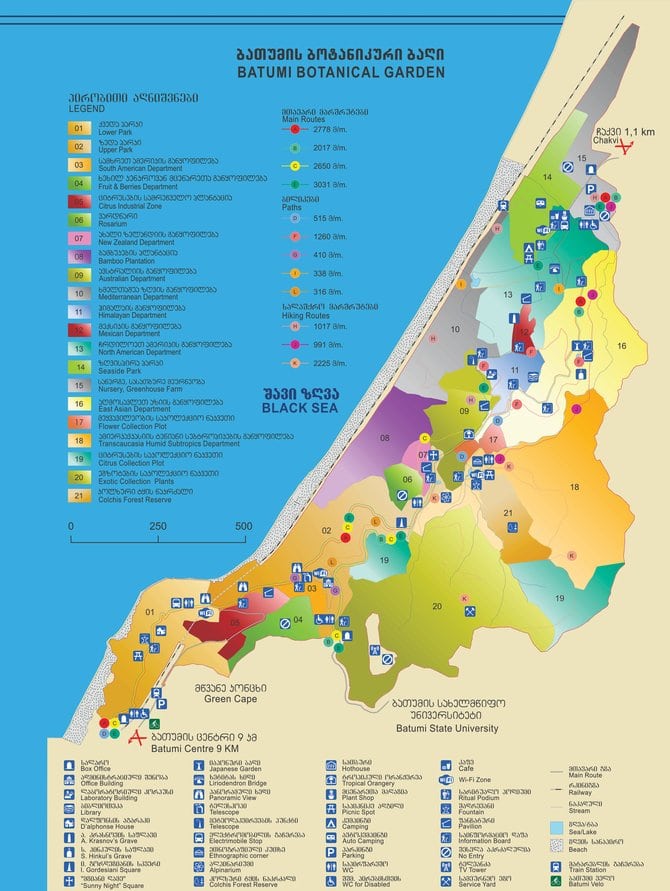
Among the garden’s features worth seeing are certain sectors:
The Lower Park is Mikhail D’Alfons’s creation, the southernmost section that you can’t miss. Along the designated walking paths, Japanese camellias and magnolias exude their fragrance. On a hot day, you can rest in the shade of flowering trees. Here you can see the founder’s dacha, where the hospitable owner welcomed high-ranking friends. It’s notable for still having trees brought from France and planted by D’Alfons.
Upper Park – there are several viewing platforms with stunning views of the coast.
A bamboo plantation is a wonderful place, where you can imagine yourself in Vietnam or Thailand. It will not be wrong to say that there are very few places in the world where you can find such dense and well-groomed thickets of these tall perennial grasses. If you dream of visiting Southeast Asia, but do not have the opportunity, or have been there and want to feel the spirit of those lands again: a bamboo grove is the best place for this.
Flowers… A variety of flowers from all over the world are fragrant in the botanical garden. Flowers envelop the benches for rest, gazebos above the paths, grow on trees and bushes and, of course, in the flower beds.
Plantations of tea, citrus, feijoa, kiwi. These are the plants that once brought a certain economic income to Georgia. However, they still do. The history of tea and citrus in the Caucasus begins precisely in this part of Adjara. Cape Verde and Chakvi are an ideal place for their cultivation. There are still active tea and tangerine plantations in the area. And many bananas grow throughout the garden.
The Japanese garden in Batumi is in no way inferior to its “colleagues” from the Land of the Rising Sun. It features unique, but already grown 150-year-old trees – bonsai.
A monument at the burial site of Andrei Krasnov, an outstanding scientist who not only founded the garden, but also managed to invite an “heir” to continue the work he had started – Jason Gordeziani. The professor bequeathed to be buried in this very place (the Mexican corner), as it offers a stunning view of the Black Sea.
A fallen tulip tree with “children” growing from its trunk – seven tulip trees.
Be sure to stop by one of the goldfish ponds, they have a pleasant and peaceful atmosphere, there are several of them in the garden.
Green Cape Batumi
When talking about Green Cape, the first thing that comes to mind is the Botanical Garden. Secondly, the beaches. There are several of them here. Don’t miss the opportunity to swim on one of the beaches, since you’ve already reached these parts.
You’ll come across the most popular beach before reaching the cape. There’s an overpass from which young people love to jump into the water. You’ll see beautiful rocks and lush greenery. When I was a child, we used to come here for mussels, which we would fry right on the beach. Nowadays, it’s almost impossible to gather mussels around the bridge pillars, as most colonies have been destroyed by human activity.
The second, “secret” beach is hidden behind the rocks. To get there, you need to swim a couple of dozen meters or cross a small walkway. This compact patch of land is surrounded on three sides by towering cliffs.
The third beach lies behind the garden, on the Kobuleti side. It’s the least crowded and most peaceful. To reach it, you have to cross the railroad tracks. Be cautious—this section is active, and trains pass through here regularly.
Batumi and the Botanical Garden on the map
To make it easier for you to understand which side of Batumi the garden is located, we provide a Google map of this area. From the capital of Adjara to the Green Cape 9 km.
Batumi Botanical Garden – How to get there
You can get here by ordering a taxi. Taxis in Georgia are inexpensive. And many will be able to afford such a trip. But it is better to order through applications, rather than to catch private drivers on the street. A trip from the city center to the garden will cost no more than 6 dollars.
The next option is minibuses. There are 2 numbers going to the garden. The price is 1 lari. The interval is 15 minutes.
№ 31 goes along Gorgiladze Street. The final stop is the main entrance to the garden. Route of minibus № 31.
№ 40 goes along Chavchavadze Street. The final stop is the second entrance (from the Chakvi side). Route of minibus № 40.
There is also bus № 10. The interval between buses is 40 minutes and it goes along Rustaveli and Gogebashvili Streets. The fare is 80 tetri.
A good option is to go here on an excursion. Then in one day you will be able to see not only the garden, but also other sights of Adjara. Another advantage of such a trip is that you don’t need to think about how to get there. The guide will take you there and bring you back on his own transport. Just choose a good guide, knowledgeable and well-read. Focus on reviews on specialized sites. Street guides are an expensive transfer. It’s not worth it.
Official website of the Batumi Botanical Garden
The garden has its own official website. Unlike many other official websites, this one is very informative and useful. And most importantly, it has a Russian version. And also Georgian and English. Here is the link: bbg.ge.
Photos of the Batumi Botanical Garden
In order for you to see for yourself how beautiful the Krasnov Botanical Garden is, I suggest you admire the photographs taken there at different times.
More about Batumi and Georgia:
Best hotels in the mountains of Georgia
Souvenirs – what to bring from Georgia as a gift
The Best Adjarian Khachapuri in Batumi. Top 5 Places
Shekvetili Dendrological Park (48 km from Batumi)
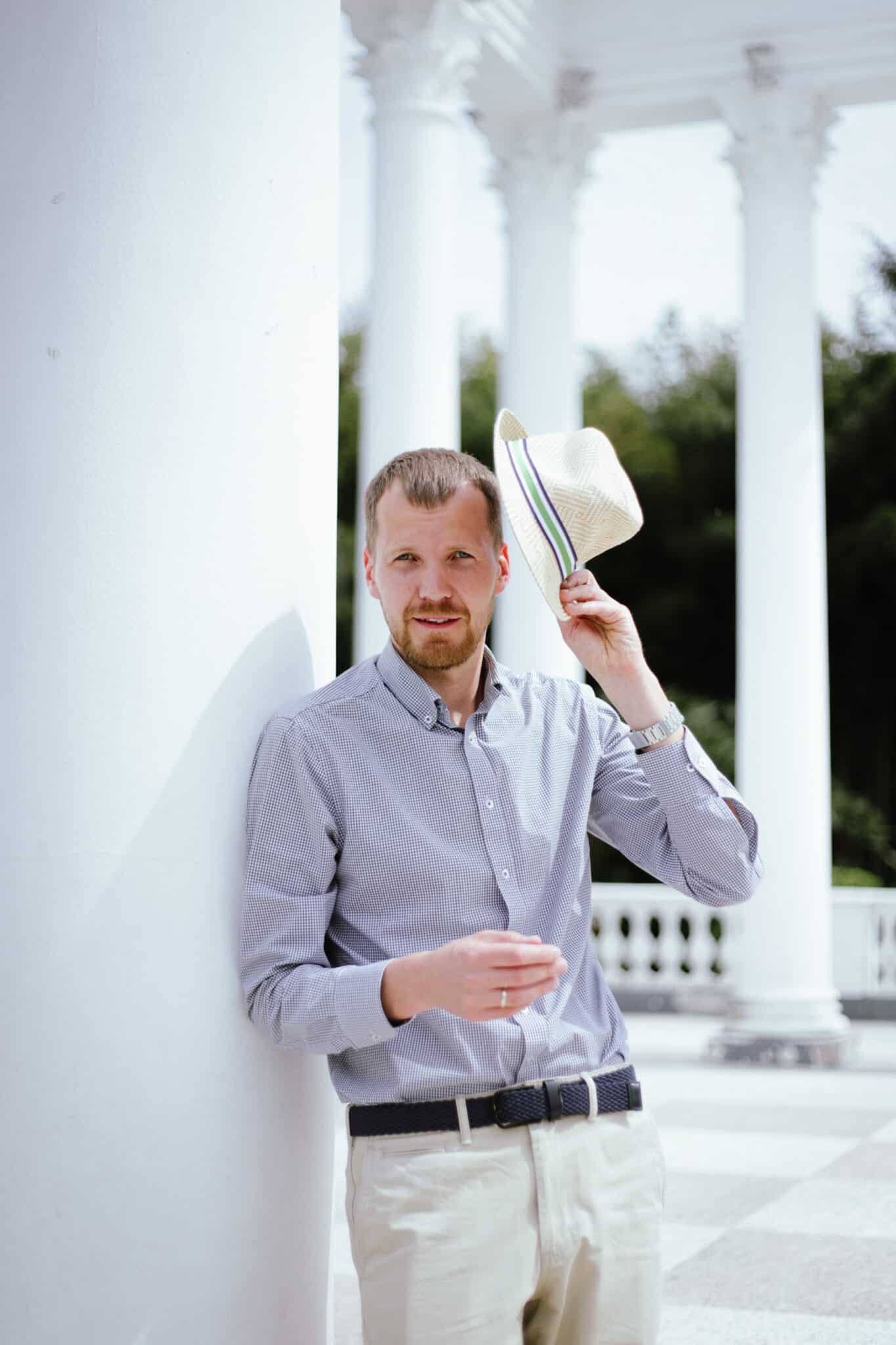
My name is Vitaly Kibitlevsky, I am a tour guide and creator of unique quests in Batumi. If you want to walk around the city with a fascinating storyteller or plunge into an exciting adventure, write to the mail: vitkibit@gmail.com
Find out more about me and my projects here


